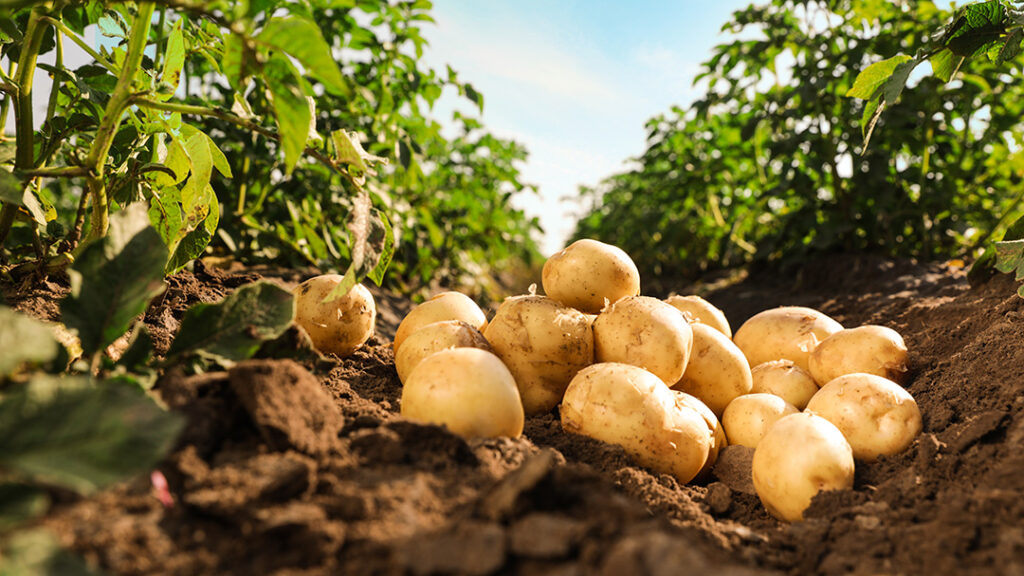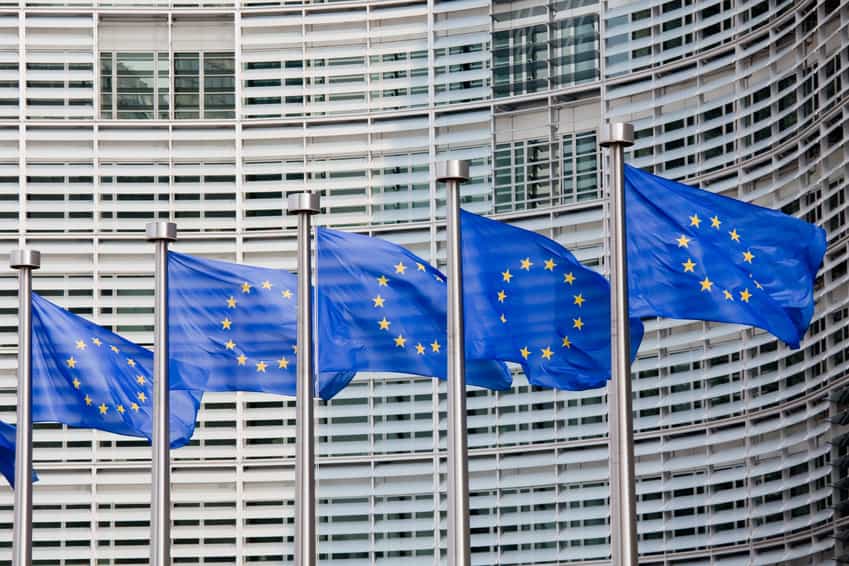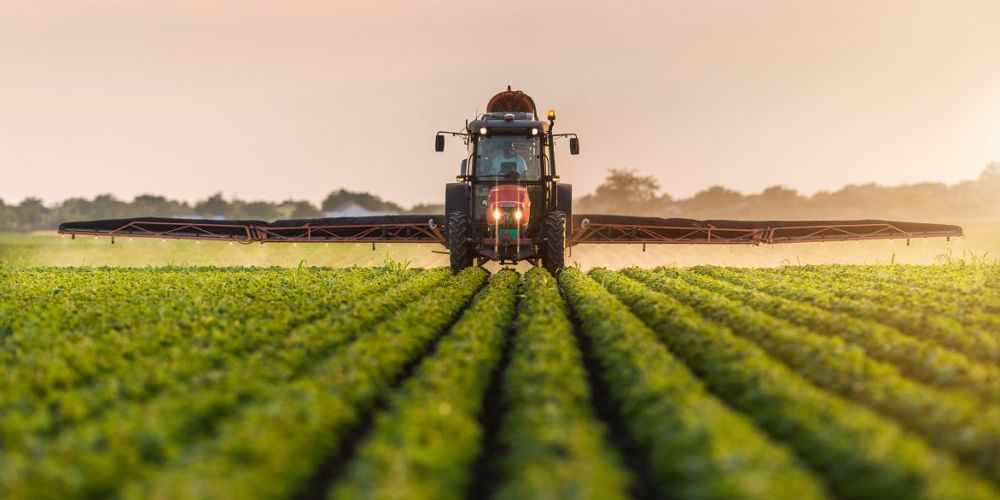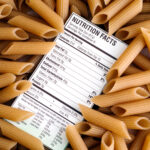Navigating varying pesticide maximum residue levels (MRLs) is not just a matter of compliance; it is integral to maintaining product safety, consumer trust, and continued market access.
In recent years, the global agriculture industry has faced significant challenges regarding compliance with pesticide MRLs.
In the following video clip, pesticide MRL expert Matt Lantz, SVP Global Access, Bryant Christie Inc., shares recent examples of regulatory challenges and violations, and their resulting business impacts. He highlights a notable issue that the U.S. potato industry faced in 2021 regarding a missing MRL in South Korea. He also touches on the continued problem concerning channels of trade and compliance with changing MRLs.

Missing Potato MRL
One notable incident occurred in 2021 involving the U.S. potato industry and South Korea. The U.S. potato industry had collaborated with stakeholders and the Korean government to establish over 100 MRLs. However, a loophole led to a major oversight when a crucial MRL was missed. The oversight involved a pesticide compound that had changed ownership, leaving the new company unaware of the need to secure an MRL in Korea.
As the transition period approached in December 2021, it was discovered that the entire U.S. potato crop had been treated with the compound, jeopardizing $100 million worth of exports. The issue escalated to the highest levels of the U.S. government. Despite efforts to negotiate, the Korean government refused to extend the temporary MRL, citing ample preparation time given to the U.S. Ultimately, the Korean government expedited the review process, establishing the MRL within four months and allowing trade to resume without any rejected shipments.

Channels of Trade and Changing MRLs
The food and agriculture industry also faces challenges when more restrictive MRLs are implemented before food has cleared the channels of trade. For example, stored food and agricultural products, such as nuts, dried fruits, or juices, can become non-compliant due to changes in MRLs after storage. This challenge is especially prevalent for food destined for import into the European Union, where MRLs change rapidly, and transition periods can be shorter than the time needed to clear the channels of trade.
In addition, the EU presents heightened challenges due to its hazard-based approach to MRLs, resulting in numerous pesticides not being renewed and MRLs being lowered to the limit of determination. This approach has created substantial obstacles for exporters trying to comply with ever-changing regulations. The need for more countries to adopt channels of trade provisions is critical to mitigate these challenges and ensure smooth international trade.
FoodChain ID provides solutions and expertise to help companies manage these challenges:
- FoodChain ID’s Regulatory Limits is a suite of regulatory intelligence services providing global pesticide MRLs, veterinary drug MRLs and contaminant limit standards.
- Expertise as a Service: Leverage FoodChain ID’s renowned global expertise to address challenges and achieve objectives across the industry.
Want to learn more? View our related resources:
Webinar on Demand:
- Ahead of the Curve: Managing Global Pesticide Maximum Residue Levels, in partnership with FoodSafety Magazine
- Mastering Pesticide Compliance in the Food Industry: Navigating MRLs and Compliance Updates, in partnership with Food Quality & Safety, a Wiley-owned publication.
Whitepaper:











